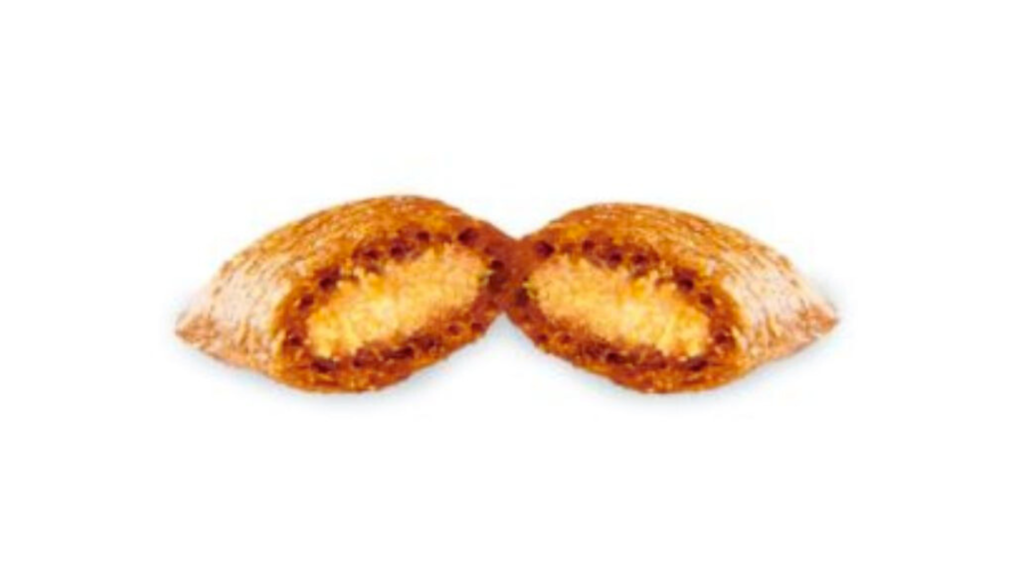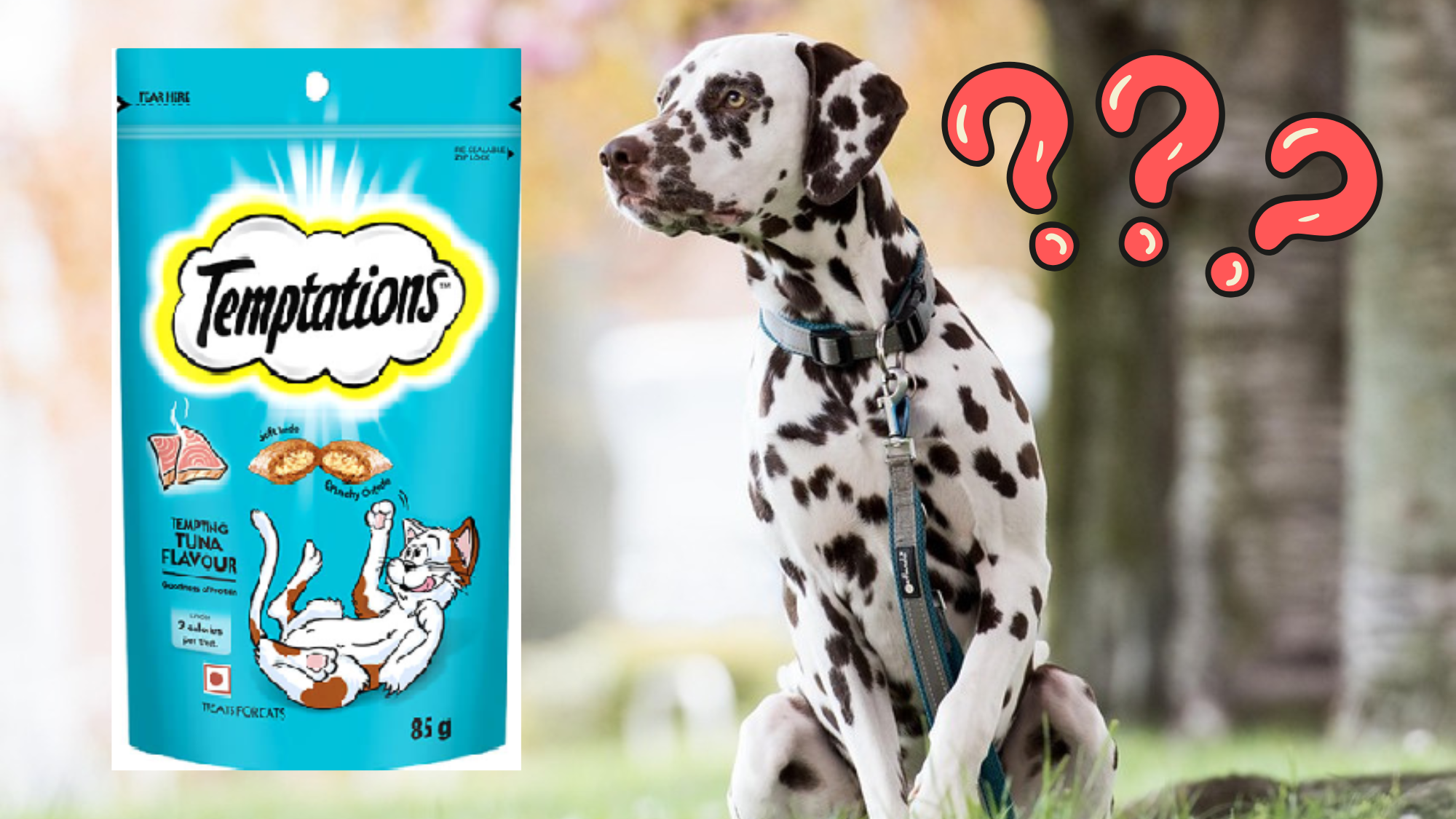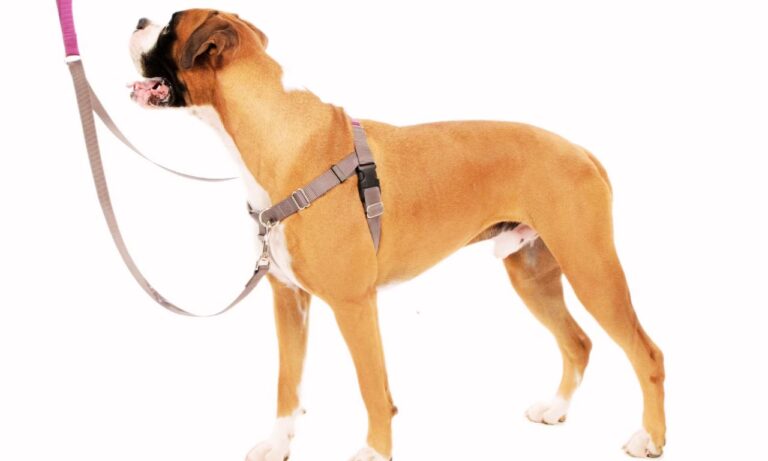| Summary: Temptations cat treats aren’t toxic to dogs but aren’t ideal. They’re high in fat, protein, and additives that may cause stomach upset or weight gain if eaten regularly. A small accidental amount is usually harmless, but frequent feeding can lead to nutritional imbalances. Stick to dog-specific treats for optimal health. |
When it comes to pet treats, it can be confusing to know what’s safe and what might cause problems. One question that often comes up is, “Are Temptations cat treats bad for dogs?” As a pet owner who cares about both dogs and cats, I understand the concern about cross-species treats.
I’ll break down the differences between treats designed for cats and those meant for dogs, discuss the potential risks of feeding cat treats like Temptations to dogs, and provide practical tips for keeping your furry friends healthy and happy. GPS Dog Collars – GPS dog collars help track your dog’s location, which can be useful for preventing lost pets and ensuring their safety.
Check out the best dog collars for Border Collie to find durable, stylish, and comfortable options for your active dog.
Treats can be a fun way to reward our pets, but it’s important to choose ones that match their specific nutritional needs. Temptations cat treats are very popular among cat owners because they’re tasty and come in a variety of flavors.
However, their formulation is designed specifically for cats, not dogs. In this article, we will explore whether giving your dog Temptations cat treats could be harmful, what nutritional differences exist between cats and dogs, and how you can avoid any potential issues.
Blog Highlights
ToggleAre Temptations Cat Treats Bad for Dogs: A Quick Overview
Treats are meant to be a small part of a pet’s diet, offering rewards and a little extra flavor to keep them motivated during training. However, not all treats are created equal. The nutritional content of treats for cats is different from those made for dogs. While both pets love a tasty reward, their bodies process nutrients in distinct ways.
- Purpose of Treats: Treats are used to reward good behavior, provide mental stimulation, or simply add variety to your pet’s diet.
- Nutritional Considerations: Each species has its own dietary needs. Cats are obligate carnivores, meaning they need a diet rich in animal proteins, while dogs are more adaptable omnivores and thrive on a balanced diet with a mix of proteins, carbohydrates, and fats.
Understanding these basics can help you decide whether it’s appropriate to share treats across species. Pet Tech Products – Advances in pet technology, such as smart feeders and trackers, are revolutionizing pet care and convenience.
What Are Temptations Cat Treats?
Temptations cat treats are a well-known brand of treats made specifically for cats. They are designed to be highly palatable, often with flavors that cats find irresistible. Here are some key points about Temptations cat treats:

- Flavor and Texture: Temptations are crunchy on the outside and soft on the inside, making them appealing to many cats. Their texture is specifically designed to cater to the chewing habits of felines.
- Ingredients: The treats typically include a blend of proteins, fats, and flavor enhancers that are optimized for cats. They may also contain vitamins and minerals that are essential for feline health, such as taurine—a nutrient that cats require in higher amounts.
- Caloric Content: Temptations are calorie-dense, meaning that even a small treat packs a significant number of calories. This helps satisfy a cat’s appetite for a small reward but can be an issue if given to the wrong pet or in large amounts.
Since these treats are formulated specifically for cats, the ingredient balance might not be ideal for a dog’s diet. Electronic Dog Collars – Electronic dog collars can be a useful training tool when used correctly, but misuse may lead to behavioral issues.
How Do Dogs and Cats Differ Nutritionally?
Before deciding if a cat treat can be given to a dog, it’s important to understand the nutritional differences between the two species:

- Protein Requirements: Cats require a higher percentage of protein in their diet to support their muscle mass and overall health. Their food is often rich in animal proteins. Dogs, while needing protein, require less overall and benefit from a mix that also includes carbohydrates for energy.
- Fat Content: Cat treats like Temptations are designed to be high in fat to provide a concentrated energy source. Dogs need fats too, but an excess, particularly from a treat not designed for them, can lead to weight gain or digestive issues.
- Taurine and Other Nutrients: Taurine is an amino acid that is essential for cats, but dogs can produce it in their bodies. Temptations might be fortified with taurine and other nutrients that, while not harmful, are unnecessary for dogs and might lead to an imbalance if consumed frequently.
- Caloric Density: The calorie levels in cat treats are optimized for a cat’s small size. A dog, especially a larger one, might experience a different metabolic response if fed too many calorie-dense treats.
Because of these differences, regularly feeding a dog a treat made for cats can lead to nutritional imbalances over time. Dog Training Equipment List – A detailed guide on essential dog training equipment, from leashes to electronic training aids.
Potential Risks of Feeding Temptations Cat Treats to Dogs
Even if your dog finds Temptations cat treats appealing, there are some risks associated with giving them to a canine companion:

- Digestive Upset: Dogs may experience gastrointestinal issues such as vomiting, diarrhea, or stomach discomfort after consuming a treat that is too rich or not formulated for their digestive system.
- Nutritional Imbalance: Regular consumption of cat treats can disrupt the balanced diet a dog needs. Over time, this might lead to deficiencies or excesses in certain nutrients.
- Weight Gain: Due to the high calorie and fat content in Temptations, frequent feeding can contribute to unwanted weight gain in dogs, particularly if they are not as active.
- Allergic Reactions: Some dogs may have sensitivities or allergies to ingredients found in cat treats, such as certain proteins or additives, which could cause skin irritation or other adverse reactions.
- Long-Term Health Effects: Consistently feeding a dog treats not designed for them might over time lead to chronic issues, such as pancreatitis or kidney stress, particularly in dogs with pre-existing conditions.
While an occasional nibble might not cause immediate harm, it’s best to avoid making it a regular habit.
Personal Experience and Observations
I once had a situation where my dog managed to snag a Temptations treat that was left unattended. At first, I wasn’t overly worried since it was just one treat. However, I noticed that later that day, he seemed a bit off—he wasn’t as energetic, and his stomach seemed unsettled. I kept a close watch on him, and fortunately, the symptoms resolved within a few hours without any serious intervention.
This experience taught me two important lessons:
- Accidental Ingestion is Not Ideal:
Even if one treat doesn’t cause lasting damage, it’s a reminder that our pets’ diets are finely tuned to their needs. - Separate Feeding Areas Matter:
I realized the importance of ensuring that treats meant for one species don’t end up in the wrong hands. In our home, I now store cat treats separately and ensure that my dog doesn’t have access to them.
What Do Veterinarians Say?
To get a broader perspective, I consulted with a couple of veterinarians regarding the safety of giving Temptations cat treats to dogs. Their advice was clear: while a one-time accidental treat might not be a major issue for a healthy dog, these treats are not designed for canine consumption and should be avoided as a regular treat.
Key Points from Veterinary Consultations
- Species-Specific Nutrition: Veterinarians emphasize that pets have very different dietary needs. Cat treats are formulated for the nutritional balance that cats require, not dogs.
- Risk of Overfeeding: If a dog regularly consumes high-calorie, high-fat treats like Temptations, it may contribute to weight-related health problems over time.
- Monitoring is Essential: If your dog accidentally eats a cat treat, it’s important to monitor them for any signs of digestive upset or allergic reaction. Seek veterinary advice if any symptoms persist.
The consensus is that while an occasional taste is unlikely to cause harm, pet owners should aim to give their dogs treats that are specifically designed for them.
For guidance on choosing the right collar size for an Airedale puppy, check out this detailed guide.
Comparing Temptations Cat Treats to Dog Treats
To help clarify the differences, here’s a simple comparison between Temptations cat treats and typical dog treats:
| Feature | Temptations Cat Treats | Typical Dog Treats |
| Primary Protein Source | High in animal protein (for cats) | Moderate protein levels tailored for dogs |
| Fat Content | High fat, calorie-dense | Balanced fat content for canine metabolism |
| Nutritional Additives | May include taurine and feline vitamins | Formulated with nutrients beneficial for dogs |
| Texture & Size | Crunchy exterior, soft interior; small | Varies widely; often larger and firmer |
| Caloric Density | High (designed for small appetites) | Moderate to low, based on dog size and needs |
This table shows that while Temptations cat treats are engineered for feline preferences, dog treats are carefully balanced to suit the digestive systems and nutritional needs of dogs.
Behavioral Considerations
Another important aspect is how treats affect behavior. Dogs often see treats as rewards during training, and using the wrong kind of treat can affect their enthusiasm for training sessions. If a dog starts associating treats with a particular taste that isn’t consistent with their usual food, it may become fussy or develop a preference that could interfere with their regular diet.

- Training Impact: Using treats that are not designed for dogs might create inconsistency in training routines, especially if the dog becomes fixated on the unique taste of a cat treat.
- Feeding Habits: Regular exposure to non-dog treats might lead to begging behavior or even attempts to access the cat’s food area, further complicating household feeding dynamics.
For these reasons, it’s best to stick with treats that reinforce the appropriate dietary habits for dogs.
For insights on whether Airedales are good off-leash, explore this comprehensive article.
Practical Tips for Pet Owners
If you’re worried about your dog accidentally getting a Temptations cat treat or you’re simply looking for better treat options, here are some practical steps you can take:
- Separate Storage: Always store cat treats and dog treats in clearly labeled, separate containers. Consider placing them in different areas of the house so that they don’t get mixed up.
- Supervised Feeding: Whenever you’re feeding your pets, try to supervise the process. This helps ensure that each pet only eats the food meant for them.
- Use Pet Gates: If your home layout allows, use pet gates to create separate feeding areas for cats and dogs. This is especially useful if your pets tend to roam freely around the house.
- Educate Family Members: Make sure everyone in your household understands the importance of keeping treats separate. Consistent rules help prevent accidental mix-ups.
- Opt for Species-Specific Treats: Choose treats that are made specifically for your pet’s species. For dogs, there are plenty of high-quality treats available that are designed to support their nutritional needs.
- Monitor Behavior: Keep an eye on your dog for any signs of digestive upset or unusual behavior after accidental ingestion of cat treats. If you notice any issues, consult your veterinarian immediately.
By taking these proactive steps, you can minimize the risk of your dog consuming treats that aren’t right for them and ensure that both your cat and dog stay healthy and happy.
Exploring Alternatives: Safe Treats for Dogs
If you’re looking for an alternative to dog treats that might occasionally appeal to your pet’s curiosity, consider these safe options:

- Homemade Dog Treats: You can easily make dog treats at home using simple ingredients like lean meats, oats, and pumpkin. This way, you have complete control over the nutritional content.
- Commercial Dog Treats: There are many reputable brands that produce dog treats specifically formulated for canine health. Look for products that list high-quality proteins, are low in artificial additives, and are appropriate for your dog’s size and age.
- Freeze-Dried Treats: Freeze-dried treats made from single ingredients (like chicken or beef) are often a hit with dogs. They are minimally processed and retain much of the natural nutritional value of the original meat.
- Vegetable-Based Treats: For dogs with allergies or sensitivities, vegetable-based treats can be a healthy alternative. Just be sure they provide enough protein and are balanced for a dog’s dietary needs.
By choosing treats that are specifically designed for dogs, you can ensure that your pet’s nutritional needs are met without compromising on taste or safety.
Discover the ideal fit by learning what size collar for Newfoundland dog to ensure your pet’s comfort and safety.
Long-Term Considerations
While an occasional accidental taste of a Temptations cat treat is unlikely to cause significant harm, it’s important to think long-term. Consistent dietary habits shape your pet’s overall health. Feeding your dog treats that are not intended for them—even infrequently—can lead to subtle imbalances over time.
- Nutritional Consistency: Maintaining a consistent diet is key for your dog’s long-term health. This includes using treats that complement their regular food without introducing excess calories, fats, or unwanted additives.
- Weight Management: Regular exposure to high-calorie, high-fat treats can contribute to weight gain. Overweight dogs are at a higher risk for joint problems, diabetes, and other health issues.
- Health Monitoring: Keep regular veterinary check-ups to ensure your dog’s diet is supporting overall health. Your vet can advise you on the best treats and any adjustments needed as your dog ages.
Final Thoughts
After reviewing the nutritional aspects, behavioral factors, and expert opinions, it’s clear that Temptations cat treats are not designed for dogs. While a one-time accidental nibble might not be catastrophic for a healthy dog, these treats are not a good choice for regular consumption.
Their high protein, fat, and calorie content—along with other additives—are formulated specifically for cats. Dogs have different nutritional requirements, and their treats should reflect that.
Hope so, now you know the answer: Are temptations cat treats bad for dogs? For expert tips on how to fit a collar on a Belgian Shepherd, this guide offers simple steps to ensure your dog’s collar fits securely and comfortably.
For the best health and happiness of your dog, it is always advisable to choose treats that are specifically made for canines. This ensures they receive the proper nutrients and maintain a balanced diet. By taking care to store pet foods separately, supervising feeding times, and selecting appropriate treats, you can avoid the potential pitfalls of cross-species treat consumption.





